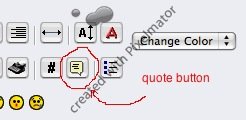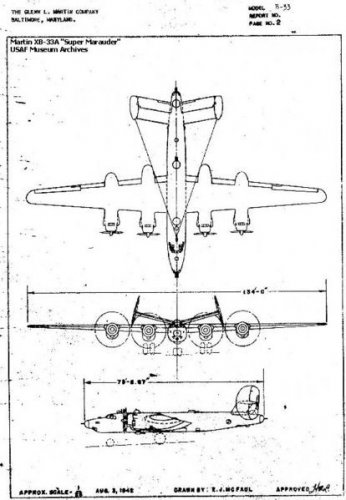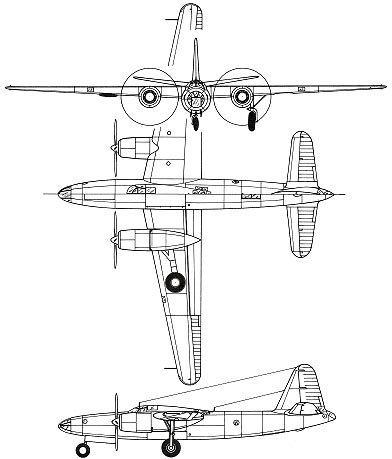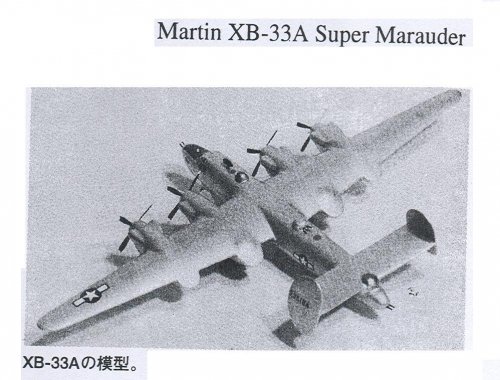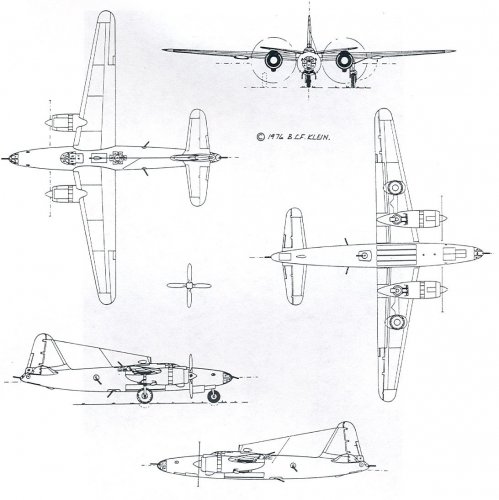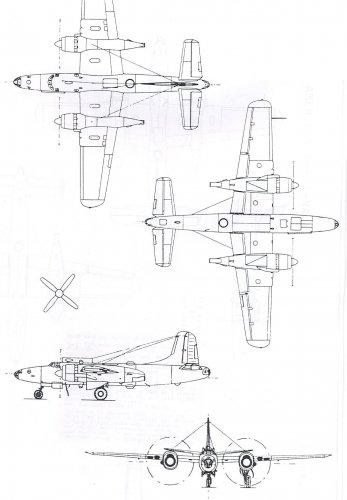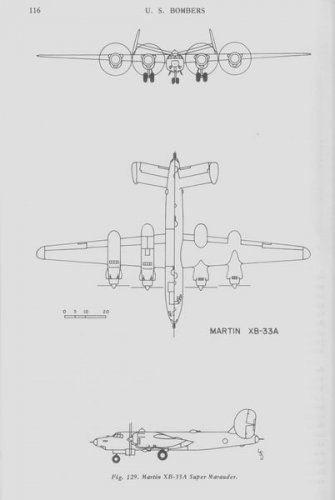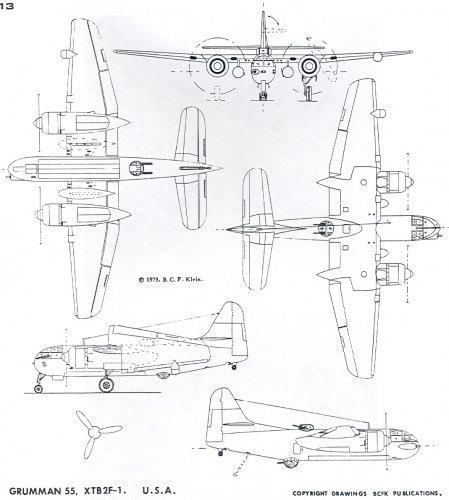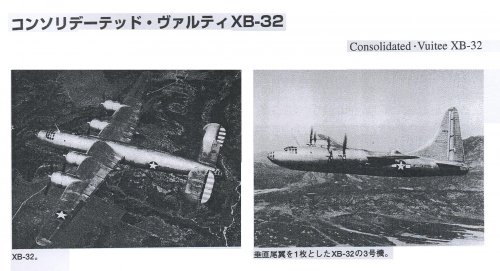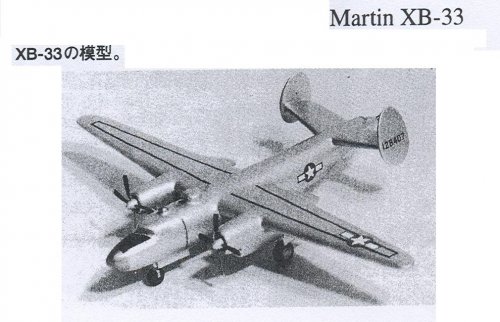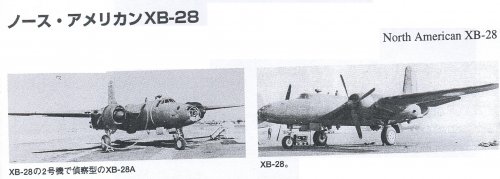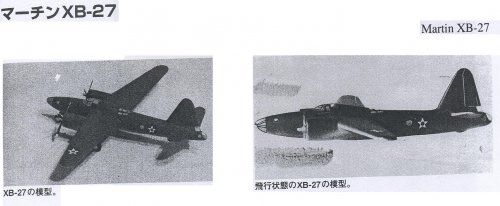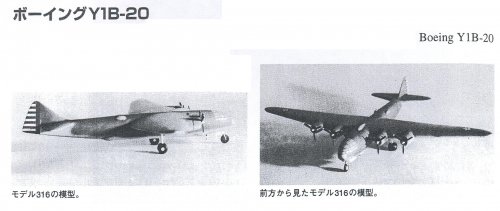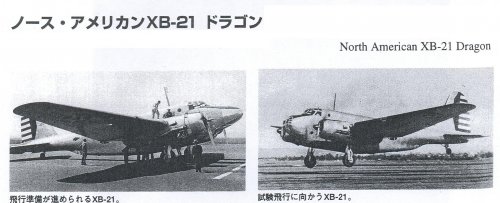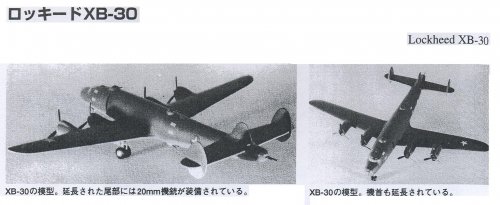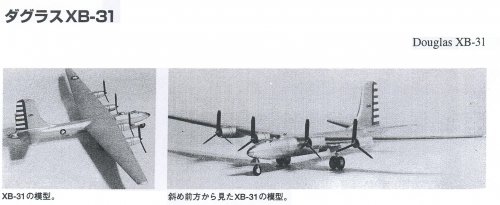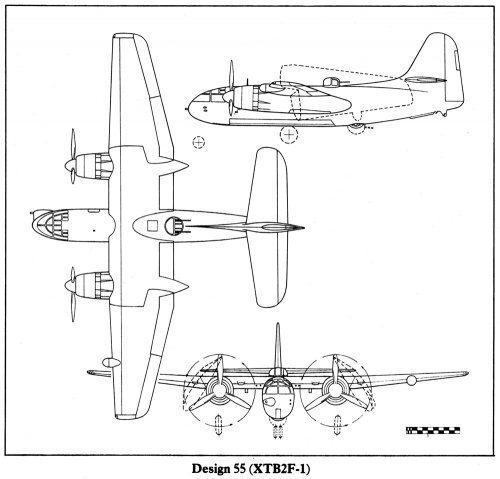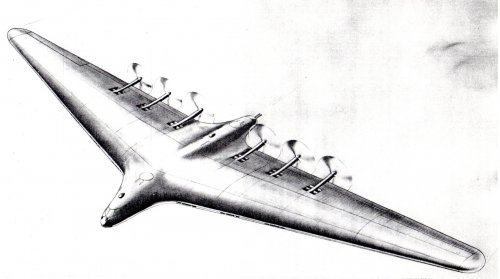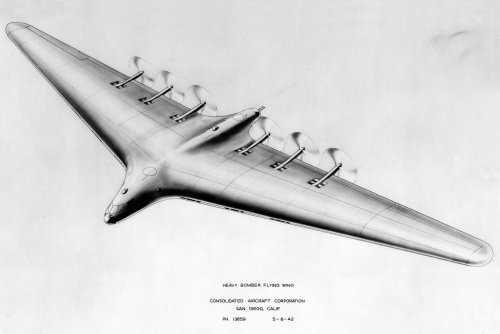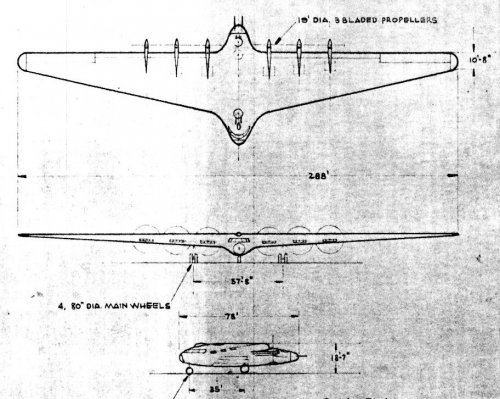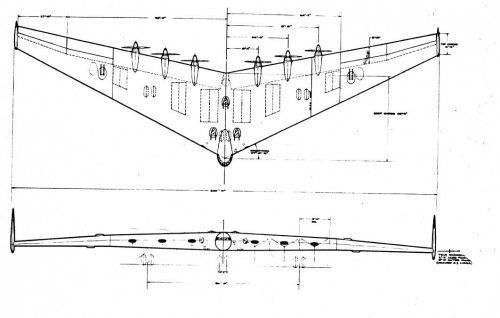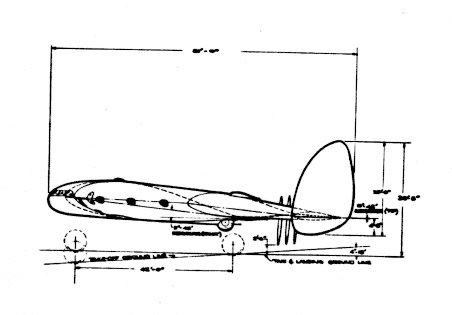Retrofit
ACCESS: Top Secret
- Joined
- 21 February 2007
- Messages
- 656
- Reaction score
- 333
Quote:
1941, April. A competition for an intercontinental bomber was initiated......
Proposals came from:
* Consolidated Model 35
* XB-36: Consolidated Model 36
* Consolidated Flying Wing Bomber
(Sorry, I don't know how to use the "Quote" function)
Hi, Pometablava
Is there more information available on this "Consolidated Flying Wing Bomber" proposal?
Thanks
1941, April. A competition for an intercontinental bomber was initiated......
Proposals came from:
* Consolidated Model 35
* XB-36: Consolidated Model 36
* Consolidated Flying Wing Bomber
(Sorry, I don't know how to use the "Quote" function)
Hi, Pometablava
Is there more information available on this "Consolidated Flying Wing Bomber" proposal?
Thanks

